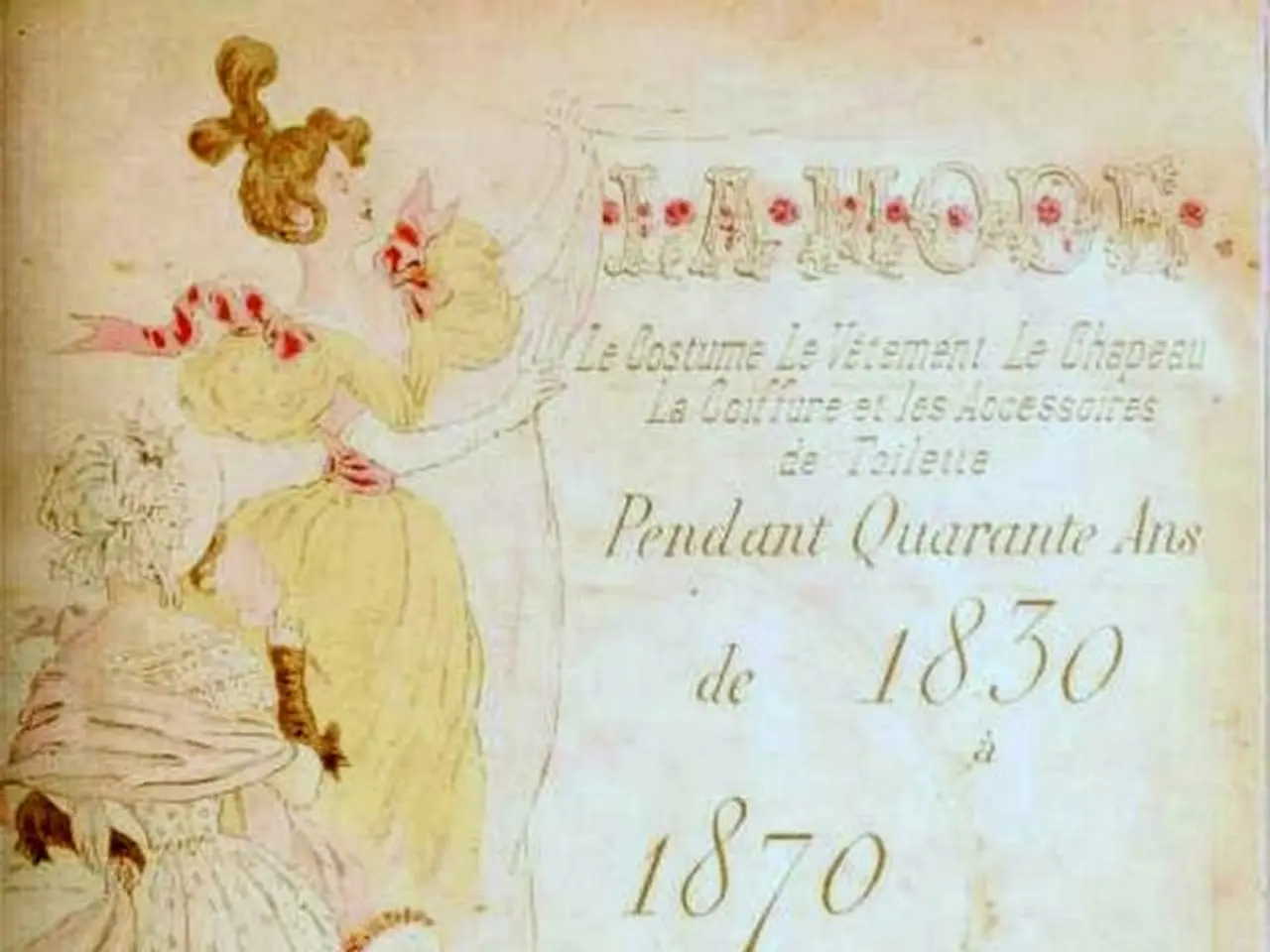Advantages of Female Leadership in Encouraging Worldwide Harmony
In today's world, the increasing number of worldwide conflicts has sparked concerns about the lack of safety everyone feels. From Ukraine to Sudan, the alarming fact is that these wars are primarily dominated by male leaders. As of October 2024, only 13 out of 193 countries are governed by women. This sparse representation of female leadership has stirred discussions among influential figures like former U.S. President Barack Obama about how different the world might be if more women held leadership roles.
The discussion around female leadership promoting global peace has gained traction in recent years. Notable figures like former Irish President Mary Robinson and former United Nations Chief Kofi Annan have emphasized the importance of having more women in top positions as a stepping stone toward a more peaceful world. However, it's noteworthy that in the UN's 80-year history, a woman has never held the role of its chief.
Breaking Stereotypes
A closer look into history reveals that women leaders weren't immune to initiating conflicts or displaying aggressive behavior akin to their male counterparts. For example, Christopher Blair, an assistant professor at Princeton University, explains that women leaders often feel pressured to adopt more assertive and aggressive stances to counter gender stereotypes that portray them as less competent in matters of national security.
Moreover, the expectation for women leaders to conform to traditional masculine leadership styles in a male-dominated world has been noted by experts like author Joslyn Barnhart. Women leaders like Italy's first female leader, Giorgia Meloni, have opted to take on masculine titles to project strength and authority. The scrutiny and harsher judgments faced by female leaders for perceived "weaknesses" or softness often force them to adopt more aggressive approaches to governance.
Female Leadership Approaches
While the debate on whether women could make the world more peaceful continues, author Angela Saini highlights the complexity of female leadership. Saini emphasizes that attributing qualities of aggression solely to male leaders overlooks the capacity of women to exhibit assertive behaviors when necessary. Historical figures like Indira Gandhi and Rani of Jhansi have demonstrated their willingness to use force when needed, challenging stereotypes about women as inherently peaceful leaders.
However, not all women leaders share the same approaches to governance. Saini's observation that the effectiveness of female leadership depends on the individual leader underscores the need to consider the diverse qualities and leadership styles of women in positions of power. This nuanced perspective calls for a deeper understanding of the societal shifts and cultural changes necessary to create a more inclusive and peaceful world.
In conclusion, the discourse on female leadership in fostering global peace highlights the need for a comprehensive approach to understanding the function of women in leadership roles. Although historical examples and contemporary insights provide valuable perspectives on the impact of female leaders in promoting peace, the conversation requires a broader examination of the societal structures and gender dynamics that shape leadership behaviors. As we strive for a more peaceful world, acknowledging the diverse contributions of women in leadership becomes crucial in addressing the world's most pressing challenges.
Societal Barriers
Despite progress, women remain underrepresented in peace negotiations and policymaking. Limited involvement is often tokenistic, and insufficient funding for gender-inclusive policies restricts the reach and sustainability of women-led peace initiatives. However, when women do assume leadership roles, their behaviors and strategies frequently emphasize collaboration, dialogue, and community engagement. Groundbreaking organizations like Global Peace Women have leveraged women and families to lead reconciliation programs and provide trauma-informed care in post-conflict settings, effectively reducing community tensions and rebuilding trust.
Influence of Leadership Traits
Gender dynamics influence leadership behaviors in various ways. Women in power often find themselves in a "double bind," expected to be both strong leaders and to embody traditionally feminine traits like empathy and cooperation. This dynamic can result in women leaders prioritizing inclusive, participatory decision-making and advocating for policies that address the needs of marginalized groups. These characteristics position women leaders as effective mediators and catalysts for change, able to bridge divides and promote healing in fractured societies.
- In the realm of lifestyle, discussions surrounding the impact of women leaders on peace have gained considerable attention.
- The fashion-and-beauty industry has begun to exhibit an increased interest in showcasing female leaders as role models, challenging stereotypes and encouraging young women to pursue leadership positions.
- In food-and-drink establishments, many chefs and restaurateurs are promoting policies that prioritize gender equality in their workplaces, aiming to create a more inclusive and equitable industry.
- Travel organizations are also recognizing the importance of female leadership in fostering sustainable and responsible tourism practices that positively impact local communities. Additionally, in the realm of cars, there is a growing movement towards encouraging more women to become involved in the automotive industry, recognizing their unique perspectives and contributions. Further, shopping platforms are dedicating sections to highlighting products designed or created by women leaders, aiming to support and empower them.




